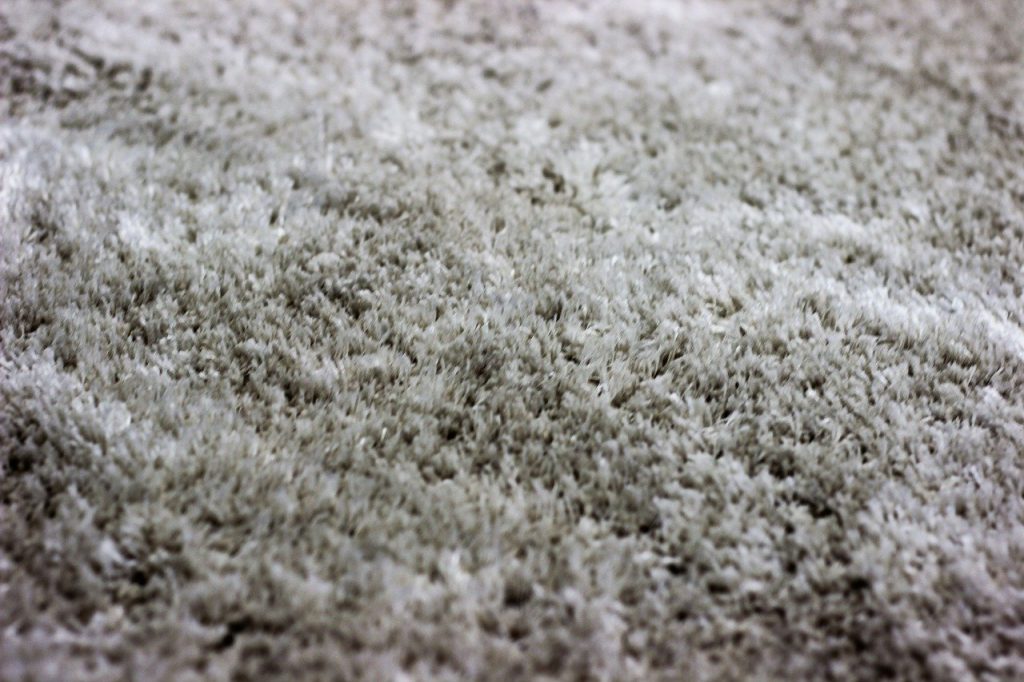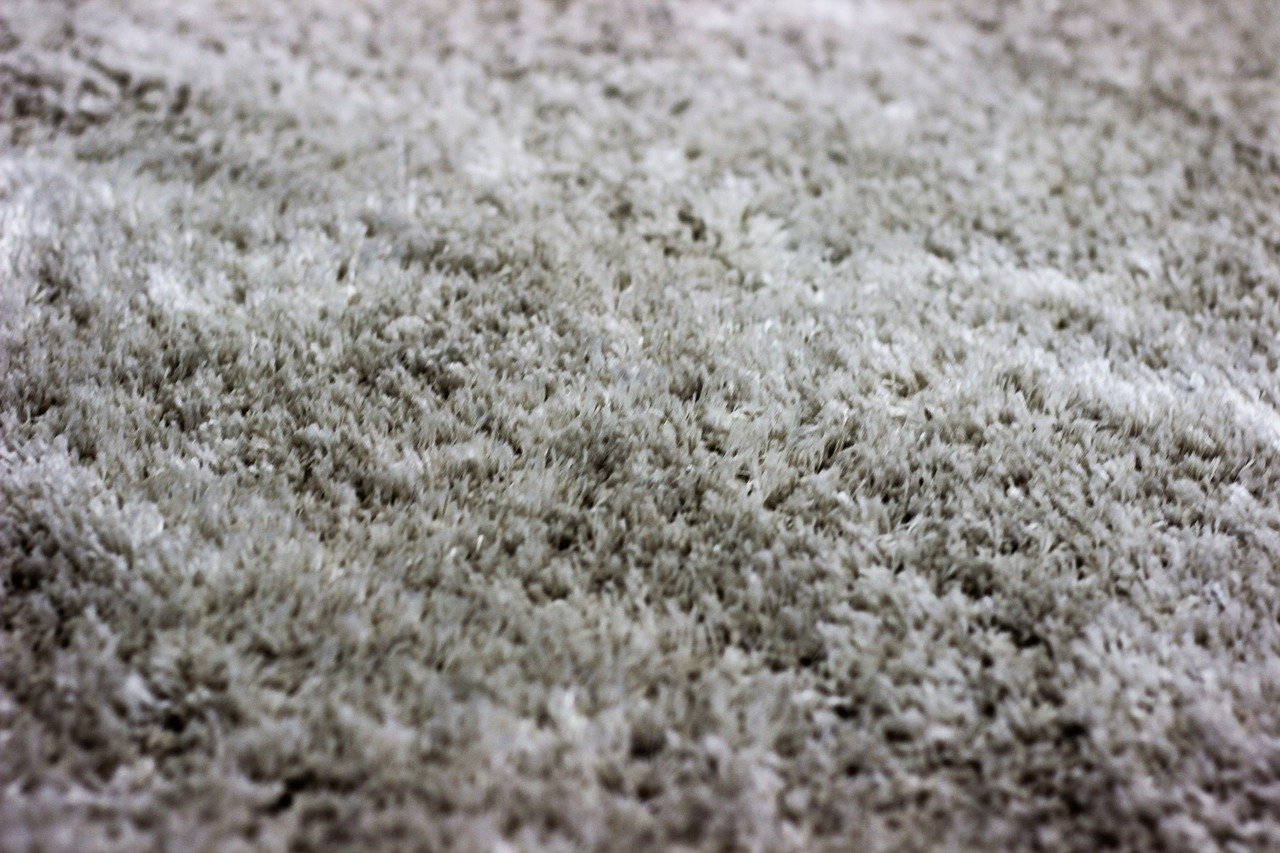When considering flooring options, one might ask, is carpet padding mold-resistant? This question is critical for both homeowners and businesses aiming to maintain a healthy indoor environment. Mold-resistant carpet padding is not only a practical choice but also an investment in the health and wellness of your space. To make informed decisions, understanding the benefits and types of mold-resistant carpet padding is essential.

Why Choose Mold-Resistant Carpet Padding?
Mold can cause significant health problems and structural damage. Therefore, selecting a mold-resistant option is crucial. Mold-resistant carpet padding helps prevent mold growth, offering peace of mind and extending the life of your carpet. By choosing this type of padding, you are safeguarding your home or business from potential mold issues.
Understanding Mold Growth
Mold thrives in moist environments. Hence, carpets, especially in damp areas, can be susceptible. Mold-resistant carpet padding is designed to combat this by incorporating materials that resist moisture and inhibit mold growth. For a detailed guide on how to prevent mold in carpets, visit this article.
Types of Mold-Resistant Carpet Padding
Several types of mold-resistant carpet padding are available. Options include rubber, memory foam, and felt, each providing unique benefits. Rubber padding is naturally resistant to moisture, making it a popular choice. Memory foam offers comfort and durability, while felt provides a balance of comfort and moisture resistance.
Benefits of Rubber Carpet Padding
Rubber padding is renowned for its durability and moisture resistance. It is ideal for high-traffic areas and spaces prone to moisture, such as basements. Rubber padding can significantly reduce the risk of mold growth, ensuring a longer lifespan for your carpet.
Advantages of Memory Foam Padding
Memory foam padding offers superior comfort and support. It conforms to the weight and shape of furniture, reducing wear and tear on the carpet. Its dense structure also acts as a barrier to moisture, making it a mold-resistant option.
Felt Padding and Its Uses
Felt padding is manufactured from recycled materials and known for its environmental benefits. It provides a good balance of comfort and mold resistance, making it suitable for a variety of settings. Felt padding is an excellent choice for eco-conscious consumers.
Choosing the Right Mold-Resistant Padding
When selecting mold-resistant carpet padding, consider the environment and usage of the space. Areas with high moisture levels, such as basements and bathrooms, benefit from rubber padding. For living rooms and bedrooms, memory foam or felt padding may be more suitable. For more information on dealing with mold in carpet after leaks, you can read this guide.
Installation and Maintenance Tips
Proper installation and maintenance of mold-resistant carpet padding are essential to maximize its benefits. Ensure the subfloor is clean and dry before installation. Regular vacuuming and prompt cleaning of spills will also help maintain the paddings effectiveness. For further tips on quick cleanup for wet carpet, check out this resource.
Professional Installation
Hiring professionals for installation ensures the padding is laid correctly, minimizing gaps where moisture could accumulate. Professional installation also guarantees the use of appropriate underlayments and adhesives, which can further enhance the mold-resistant properties of the padding.
Regular Maintenance
Regular maintenance is crucial for preventing mold growth. This includes routine vacuuming and addressing spills immediately. By maintaining a dry environment, the risk of mold is significantly reduced.
Additional Considerations
While mold-resistant carpet padding is a great preventive measure, its important to address any existing moisture problems in your home or business. Fixing leaks and ensuring proper ventilation are vital steps in maintaining a mold-free environment. For more insight into whether you should replace moldy carpet, see this article.
Dealing with Existing Mold
If mold is already present, its essential to address it before installing new padding. This may involve professional cleaning or even replacement of affected materials. Ensuring the area is dry and free from mold will help maximize the benefits of mold-resistant padding.
Environmental Impact
Consider the environmental impact of the materials used in your carpet padding. Opt for products made from recycled or sustainable materials. This not only benefits the environment but can also offer additional benefits such as increased durability and mold resistance.
Conclusion
In conclusion, opting for mold-resistant carpet padding is a wise decision for both homeowners and businesses. It offers numerous benefits, including enhanced durability, comfort, and protection against mold growth. By understanding the different types of mold-resistant padding and considering your specific needs, you can make an informed choice that ensures a healthy and long-lasting flooring solution.

FAQ
1. Can all carpet padding be mold-resistant?
Not all carpet padding is mold-resistant. It is important to choose padding specifically designed to resist moisture and mold.
2. How does mold-resistant carpet padding work?
Mold-resistant carpet padding works by incorporating materials that repel moisture and inhibit the growth of mold, keeping your carpets dry and healthy.
3. Is professional installation necessary for mold-resistant padding?
While not necessary, professional installation ensures proper fit and maximizes the benefits of mold-resistant padding.
This article contains affiliate links. We may earn a commission at no extra cost to you.


